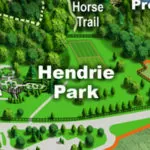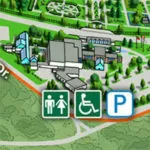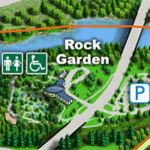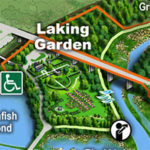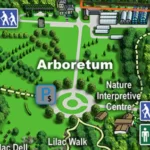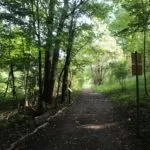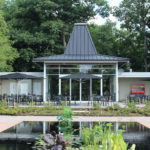| Membership | Price (+HST) |
|---|---|
| Single | $85/year |
| Single Plus | $120/year |
| Family | $130/year |
| Family Plus | $175/year |
| Contributing | $300/year |
| Supporting | $600/year |
| Sustaining | $1,000/year |
| Benefactor's Circle | $2,500/year |
| Director's Circle | $5,000/year |
| President's Circle | $10,000/year |
Plant Documentation
Documenting our Living Collections
Royal Botanical Gardens is a museum of “living” collections, which are documented in the way that most major museums document their collections.
Accurate records are essential to maintain the value of the living plant collections. Our plant documentation staff keep tabs on all plant material arriving and leaving the garden and conduct annual inventory of collections to ensure accuracy.
Accessioning
Just as people have names, addresses and phone numbers that allow us to be found, plants are assigned accession numbers which allows them to be tracked throughout the garden. An 8-digit accession number is assigned to each new addition to our collections. The first four digits indicate the year in which the specimen was acquired by the garden and the last four digits are assigned in sequence of acquisition. For example, the first plant acquired in 2008 was assigned the accession number 2008-0001.
Once a plant is accessioned, the plant documentation office uses 3 important tools to track plants in the garden:
- Database
- Mapping
- Labels
Database
Royal Botanical Gardens is currently using Bg-Base collections Management software to manage living plant collections. This powerful tool allows us to maintain accurate taxonomical information about each plant in the collection as well as track the location and movement of each plant throughout the garden. This helps us in our day-to-day operations by allowing us to label and locate plants in our collection. In addition, we can store information on provenance, phenology, plant rarity, pests, diseases and various other information, which can be used for research and education.
Mapping
Since 1997, the Gardens have embarked on a program to map and document its cultivated and natural lands using GIS (Geographic Information Systems) technology. This technology allows us to maintain electronic maps of each cultivated garden area, allowing us to locate plants quickly and easily. We continue to improve electronic mapping of our collections and display gardens as a foundation for future horticultural management. Much of this work is completed by students from the Fanshawe College GIS program.
Labels
Two types of labels are used in our cultivated garden areas. The first is a very small, rectangular label known as an accession tag. This tag includes both the botanical name of the plant as well as the accession number, providing the essential link of the plant to the database. The second label type is a larger display label, used to convey information to the public.
How to Read Plant Tags and Labels
The plant records office at Royal Botanical Gardens is responsible for tracking all plants in our cultivated gardens. To do this, plants are given accession numbers. This number links the information held in the plant records database to the living specimen in the garden.
The plant records database contains information such as the plant provenance, nomenclature, plant verification and plant health. This information adds research value to each and every plant in the garden. To ensure this link is maintained, plants at Royal Botanical Gardens have a dual labelling system – accession tags and plant display labels. If a tag or a label goes missing, it is replaced as soon as possible.

